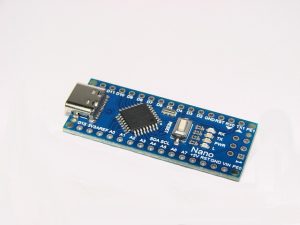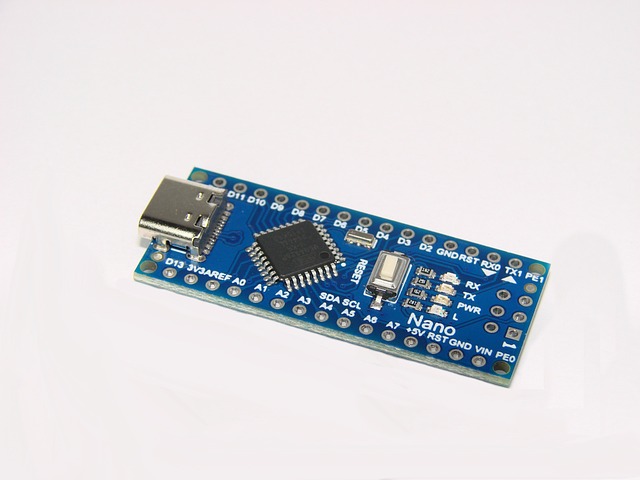Introduction to Arduino Nano


The Arduino Nano is a small, complete, and breadboard-friendly board based on the ATmega328P. It has more or less the same functionality as the Arduino Uno but in a different package. It lacks only a DC power jack and works with a Mini-B USB cable instead of a standard one.
Available Versions of Arduino Nano
Over the years, several versions of Arduino Nano have been released, each improving on its predecessor:
- Arduino Nano: The original version, based on the ATmega328P microcontroller.
- Arduino Nano Every: An improved version with a more powerful processor and increased memory.
- Arduino Nano 33 IoT: Adds Wi-Fi and Bluetooth connectivity for IoT applications.
- Arduino Nano 33 BLE: Includes Bluetooth Low Energy (BLE) and a 9-axis inertial measurement unit (IMU).
- Arduino Nano 33 BLE Sense: An advanced version of the Nano 33 BLE with additional sensors like temperature, humidity, pressure, and a microphone.
Functions and Features of Arduino Nano
The Arduino Nano is equipped with a variety of features that make it a versatile choice for many projects:
- Microcontroller: ATmega328P for the original Nano, ATMega4809 for the Nano Every, and ARM Cortex-M0+ for the Nano 33 series.
- Operating Voltage: 5V for the original Nano and Nano Every, 3.3V for the Nano 33 series.
- Digital I/O Pins: 14 (6 of which provide PWM output).
- Analog Input Pins: 8.
- Flash Memory: 32 KB for the original Nano, 48 KB for the Nano Every, 256 KB for the Nano 33 series.
- Clock Speed: 16 MHz for the original Nano and Nano Every, 64 MHz for the Nano 33 series.
How to Program Arduino Nano
Programming the Arduino Nano is straightforward and can be done using the Arduino IDE:
- Download and install the Arduino IDE.
- Connect the Arduino Nano to your computer using a USB cable.
- Open the Arduino IDE and select the appropriate board and port from the Tools menu.
- Write or open your code in the Arduino IDE.
- Click the upload button to compile and upload the code to the Arduino Nano.
Example Code
void setup() {
// initialize digital pin LED_BUILTIN as an output.
pinMode(LED_BUILTIN, OUTPUT);
}
// the loop function runs over and over again forever
void loop() {
digitalWrite(LED_BUILTIN, HIGH); // turn the LED on (HIGH is the voltage level)
delay(1000); // wait for a second
digitalWrite(LED_BUILTIN, LOW); // turn the LED off by making the voltage LOW
delay(1000); // wait for a second
}
Conclusion
The Arduino Nano is a powerful and versatile microcontroller board that is perfect for a wide range of projects. Whether you’re a beginner or an experienced maker, the Nano’s compact size and robust features make it an excellent choice. With multiple versions available, including options with advanced connectivity and sensors, the Arduino Nano continues to be a favorite among the Arduino community.
